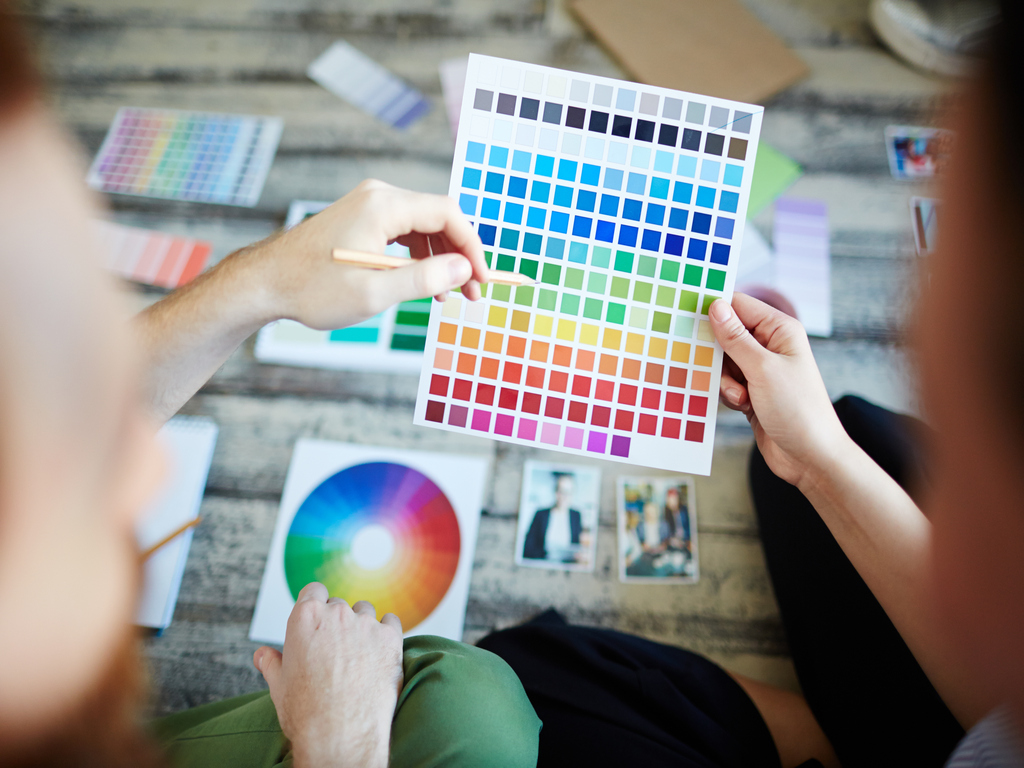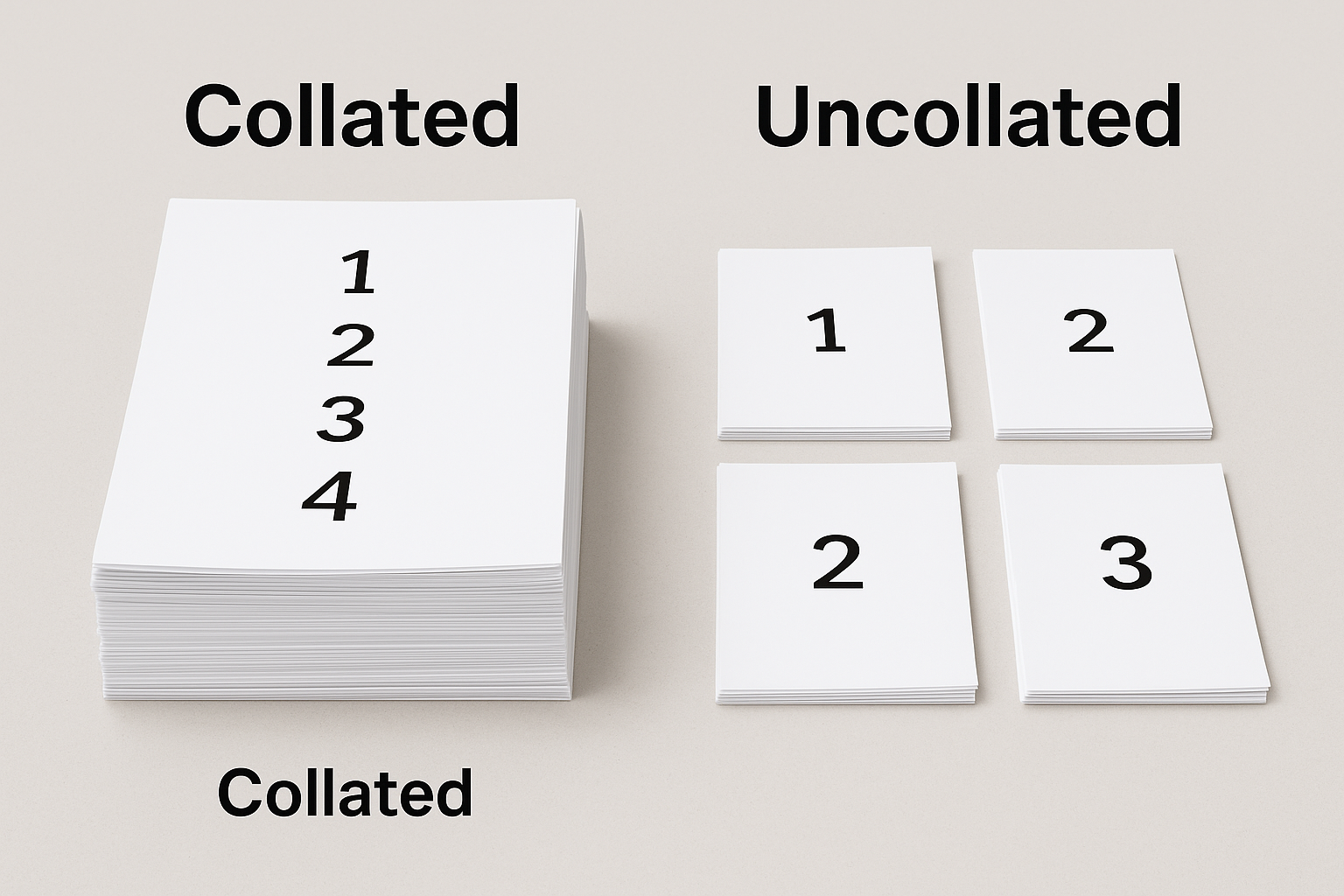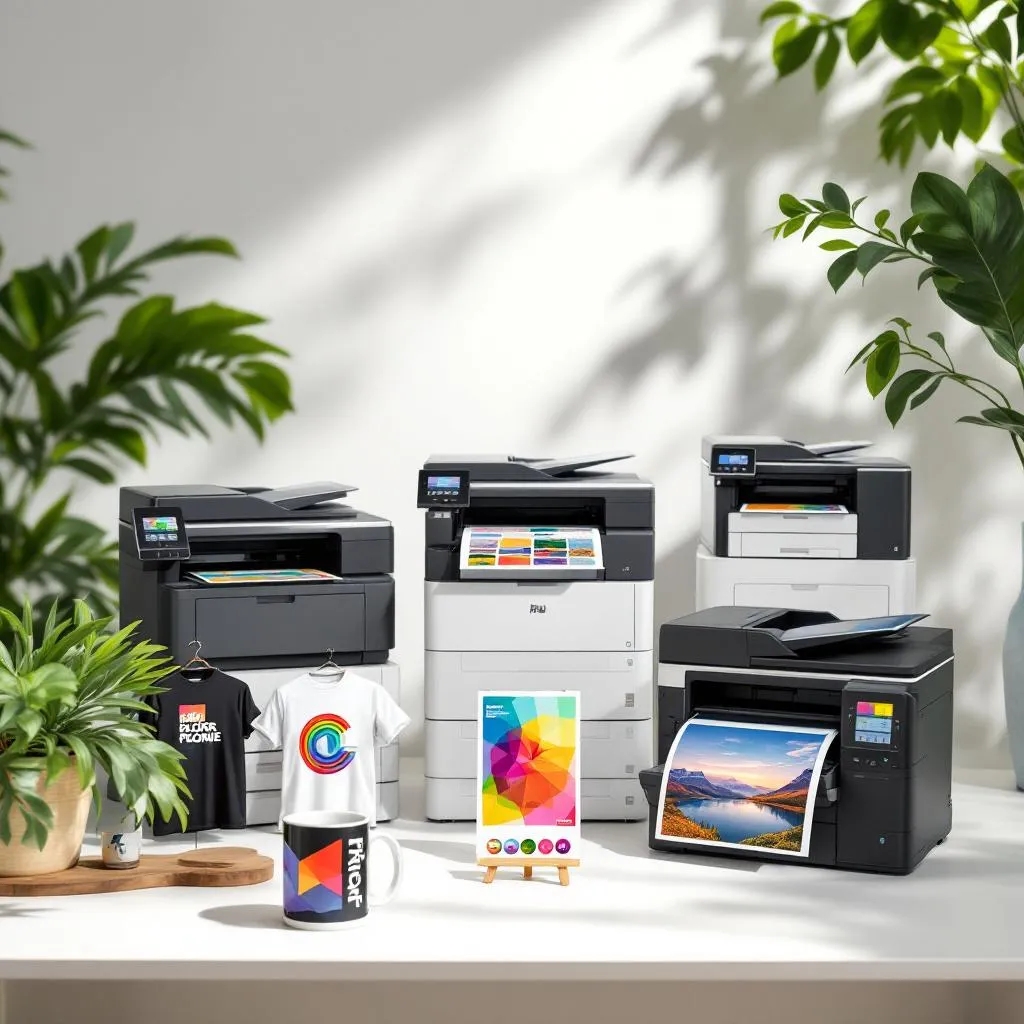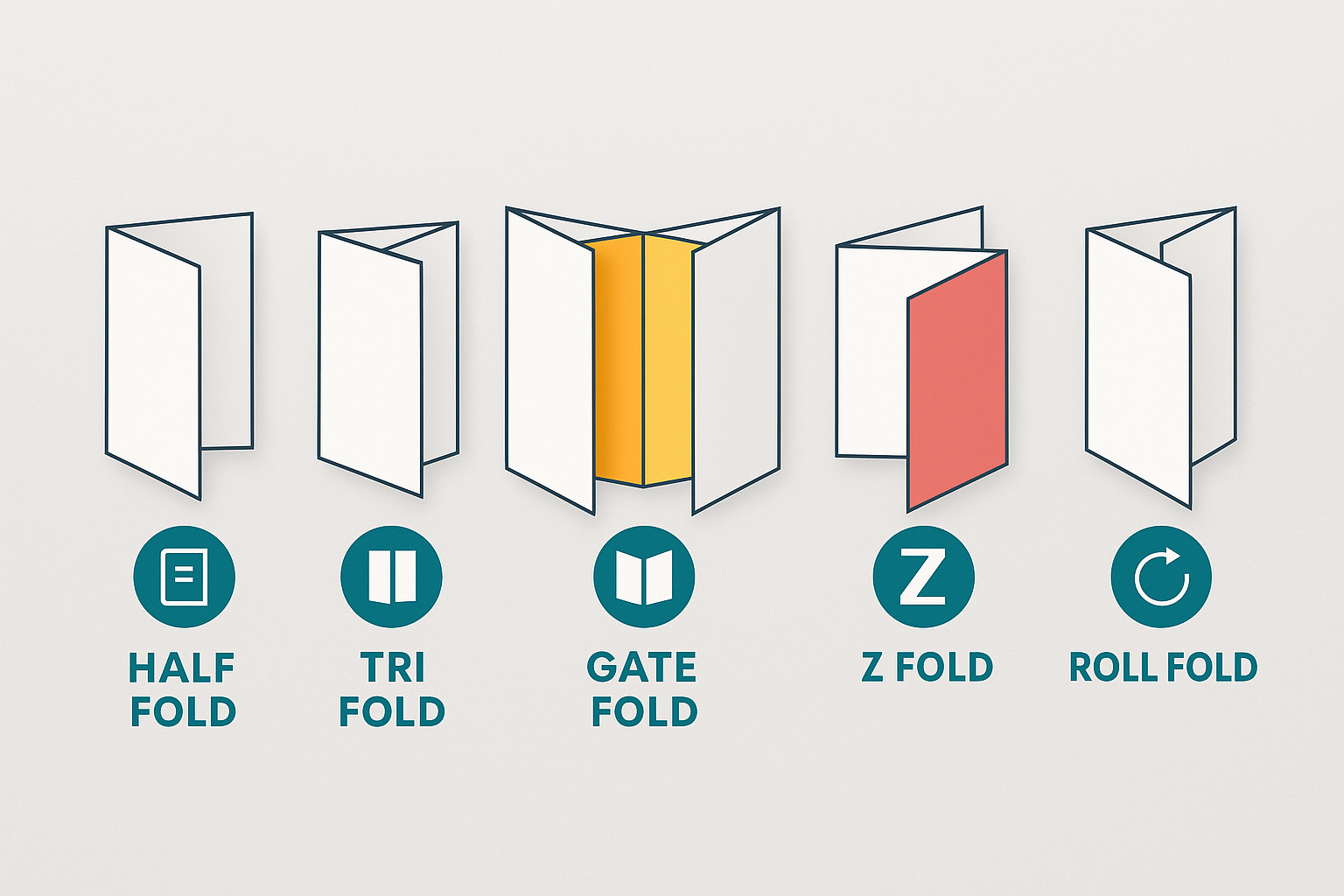The Psychology of Color: How Colors Influence Emotions
Color has long fascinated psychologists, marketers, and designers due to its profound impact on human emotions and behavior. It’s not just about aesthetics—our responses to colors are deeply rooted in both biology and culture. From stimulating excitement to evoking a sense of calm, colors wield significant influence in our everyday lives, even in ways we may not consciously recognize. In this article, we’ll delve into the psychology of color and examine how various shades affect human emotions and mood.
The Basics of Color Psychology: Why Colors Affect Us
Color psychology suggests that colors affect us due to a combination of biological reactions and cultural associations. For instance, red is often associated with urgency or danger because it mirrors the color of blood, which instinctively raises our alertness. Similarly, cool colors like blue and green reflect the calmness of nature, such as the sky and water, which is why they tend to relax us
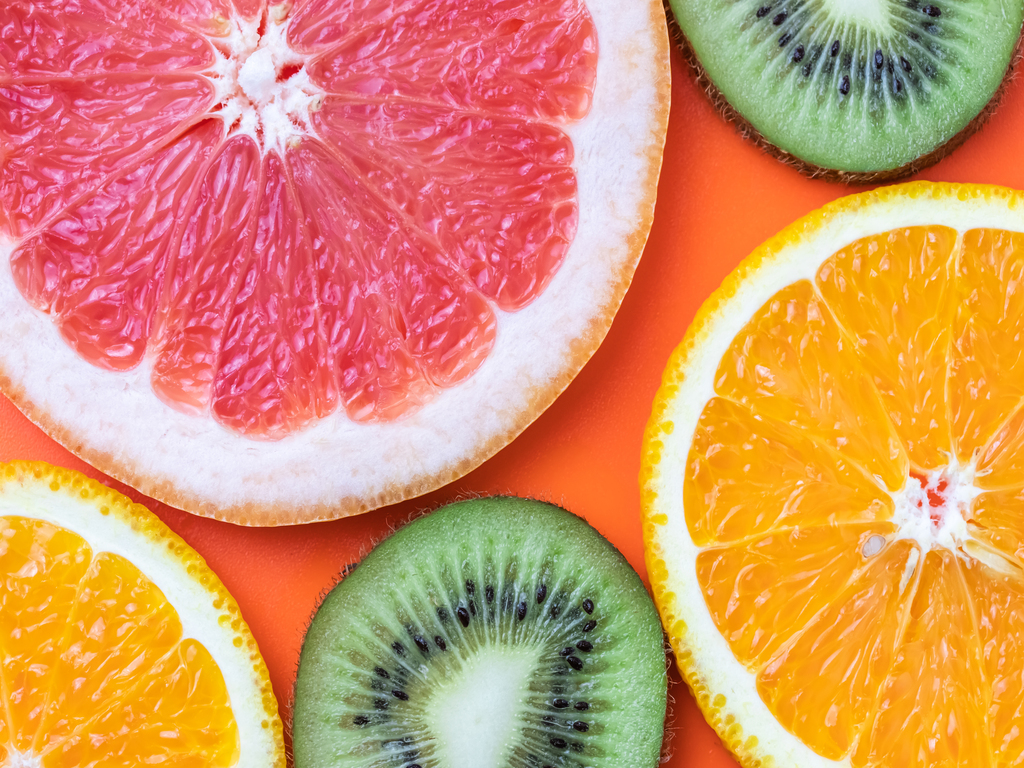
Our responses to colors are also shaped by personal experiences and cultural contexts. For example, while white is seen as a symbol of purity in Western cultures, it represents mourning in many Asian traditions. These differing interpretations underscore the complexity of color psychology and why understanding context is key when using colors in various settings. Triboro Printing, for instance, ensures that color choices in printed materials align not only with the emotional message of the brand but also with its cultural context.
How Warm Colors Evoke Emotions Like Passion and Energy
Warm colors such as red, orange, and yellow are associated with strong emotional responses, ranging from excitement to aggression. Red, in particular, is a stimulating color. It has been found to raise blood pressure, increase heart rate, and even enhance metabolism. This is why red is frequently used in environments where a heightened state of alertness or excitement is desirable, such as in sports or food branding. Think of how many fast-food restaurants—like McDonald’s—use red in their logos to encourage hunger and quick decisions
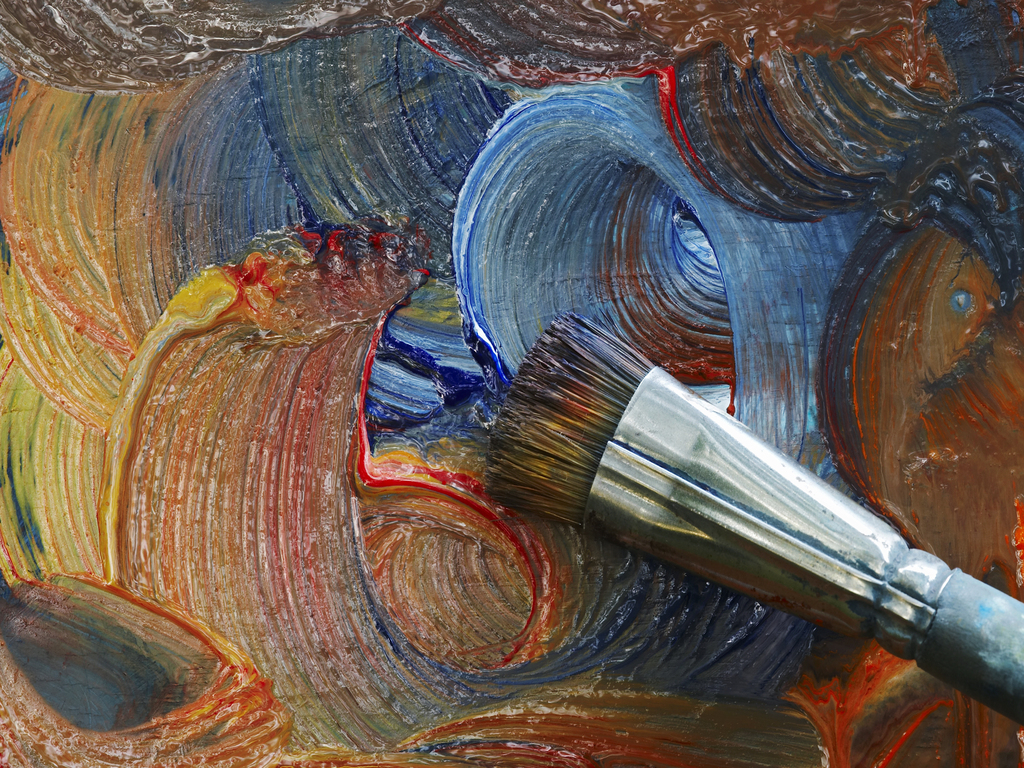
Orange is another warm color that evokes feelings of enthusiasm and energy. While not as aggressive as red, orange is lively and can create a sense of fun and creativity. Many fitness brands use orange in their logos and promotional materials to inspire energy and vitality during workouts.
Triboro Printing utilizes these insights when designing high-impact marketing materials. For example, incorporating red into a product label or brochure can catch the eye and create a sense of urgency, helping to increase sales and consumer engagement.
The Calming Effects of Cool Colors: Blue, Green, and Purple
Cool colors—particularly blue, green, and purple—have a calming effect on the mind and body. Blue is often associated with tranquility, trust, and professionalism, which explains why it’s frequently used in business settings. Studies have shown that blue can reduce stress levels and promote mental clarity. This makes it a popular choice for environments where focus is key, such as in offices and classrooms.
Green, the color of nature, is known for its relaxing and harmonizing properties. It is easy on the eyes and is often used in hospitals, spas, and other spaces where healing is the goal. Research has found that green is one of the most restful colors, helping to alleviate stress and anxiety. Its association with growth and renewal also makes it a good choice for spaces that promote creativity and innovation.
Purple combines the calming effects of blue and the energizing aspects of red, creating a unique balance of stimulation and serenity. Purple is often linked with creativity, luxury, and spirituality. It’s a favorite among designers looking to evoke a sense of mystery and sophistication in their work. Businesses like Triboro Printing use purple in certain designs to convey elegance and creativity in branding materials.
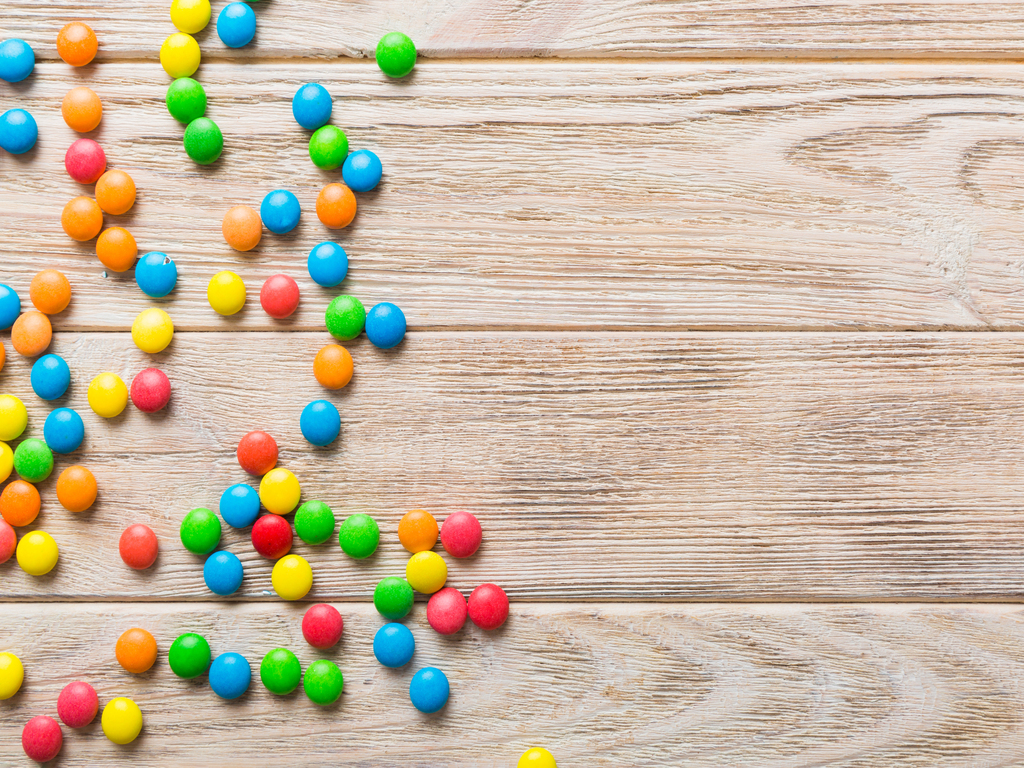
How Color Influences Consumer Behavior and Marketing
In the world of marketing, color is a powerful tool for influencing consumer behavior. Studies have shown that up to 90% of a person’s snap judgment about a product is based on color alone. This makes the right choice of colors essential for businesses looking to connect emotionally with their target audience.
For instance, blue is often used in industries like finance and healthcare because it fosters feelings of trust and security, which are critical for customer confidence. Conversely, red is frequently used in sales promotions to create urgency, prompting quicker decision-making and purchase.
Triboro Printing helps businesses leverage these psychological insights when designing marketing materials. By choosing colors that resonate with the intended audience, companies can make a stronger impact and drive consumer actions—whether it’s clicking a link, making a purchase, or attending an event.
Cultural Differences in Color Perception and Emotion
While color psychology has some universal principles, many color-emotion associations vary greatly across cultures. For example, in Western societies, white typically symbolizes purity and is the traditional color of weddings. However, in many Eastern cultures, white is linked with mourning and funerals.
Understanding these cultural differences is crucial for global brands looking to expand into new markets. Missteps in color selection can lead to unintended emotional responses and weaken the impact of a marketing campaign. This is why companies like Triboro Printing take cultural context into account when creating printed materials for international audiences, ensuring that colors align with both the emotional and cultural tone of the campaign.
Using Color to Improve Mood in Interior Design
Interior designers have long used color psychology to create spaces that evoke specific moods. For instance, blue is often chosen for bedrooms or bathrooms because of its calming properties, while yellow or orange can energize living rooms or kitchens. Research suggests that surrounding ourselves with the right colors can improve mental well-being, productivity, and even physical health.
Businesses, too, can benefit from these insights. Office spaces painted in blue or green may help employees feel more relaxed and focused, which can boost productivity. Companies such as Triboro Printing can even help design color schemes for business spaces, ensuring the brand identity remains cohesive across all platforms—from interior design to printed materials.
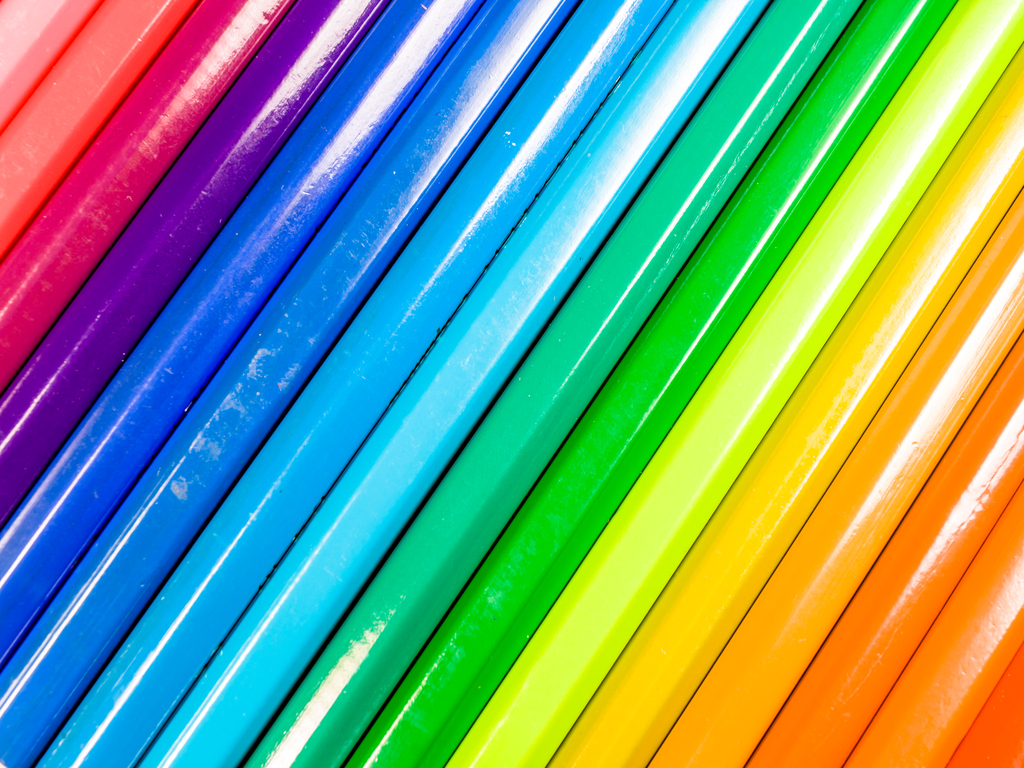
Scientific Studies on the Psychological Impact of Color
A growing body of research underscores the impact of color on both psychological and physiological responses. A famous study found that students exposed to the color red before taking a test performed worse compared to those exposed to blue. This suggests that red can induce stress or anxiety in high-pressure situations, while blue helps create a more serene and focused environment.
In another study, pink was shown to reduce aggression, which is why it’s sometimes used in prison cells to calm inmates. These scientific findings highlight just how powerful color can be in shaping our emotions and behavior.
In conclusion, color is much more than just a visual element—it’s a psychological tool that can significantly influence human emotions, behaviors, and perceptions. Whether in branding, interior design, or consumer marketing, understanding the psychology of color allows us to create environments and products that resonate emotionally with audiences. For businesses looking to capitalize on these insights, Triboro Printing offers expertise in crafting high-quality printed materials that leverage the power of color to connect with consumers on a deeper level.
For more information on how to use color effectively in your branding and marketing materials, visit Triboro Printing.

